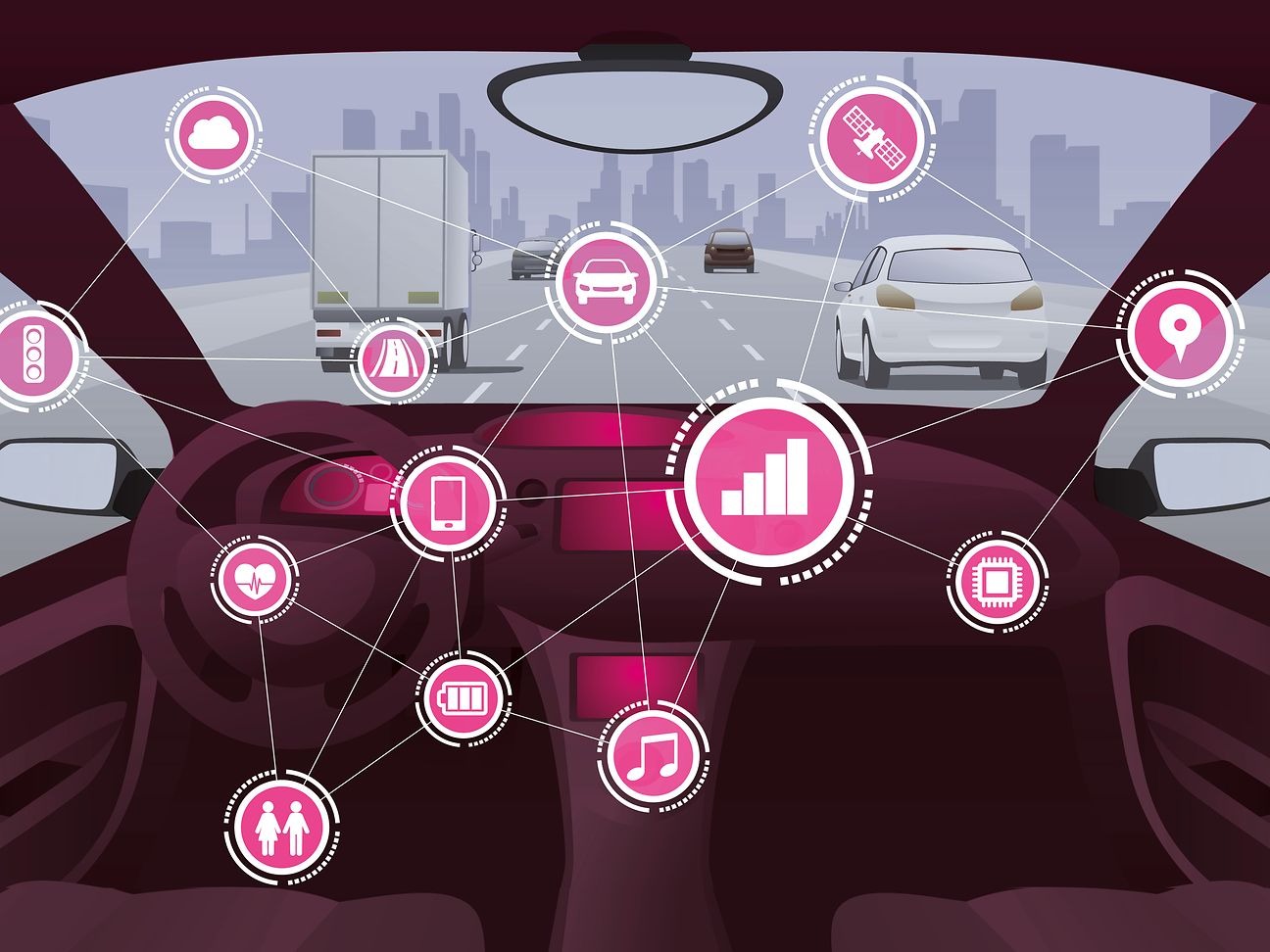
The Role of 5G in the Future of Connected Cars
In an era of rapid technological advancement, the automotive industry is undergoing a transformative shift towards connectivity, automation, and electrification. At the heart of this transformation lies the fifth-generation wireless technology, commonly known as 5G. In this expert article, we will delve into the pivotal role that 5G plays in the future of connected cars, exploring its impact on vehicle communication, safety, entertainment, and the overall driving experience.
The Evolution of Automotive Connectivity
From 2G to 5G
The evolution of wireless communication in vehicles began with 2G networks for basic voice calls and text messages. Over time, the automotive industry progressed to 3G and 4G LTE networks, enabling limited data connectivity. However, 5G represents a quantum leap in connectivity, providing ultra-fast and low-latency communication, making it ideal for the demanding requirements of connected vehicles.
Bandwidth and Speed
5G networks offer significantly wider bandwidth and faster data transfer speeds compared to their predecessors. This enables vehicles to exchange large volumes of data in real-time, facilitating various applications, from advanced driver assistance systems (ADAS) to streaming high-definition content.
Enhancing Vehicle Safety
V2X Communication
One of the most crucial aspects of 5G’s role in connected cars is Vehicle-to-Everything (V2X) communication. This technology allows vehicles to communicate not only with each other (V2V) but also with infrastructure (V2I) and pedestrians (V2P). With 5G’s low latency and high reliability, V2X communication can prevent accidents, optimize traffic flow, and improve overall road safety.
Advanced Driver Assistance Systems (ADAS)
5G enables the seamless integration of advanced driver assistance systems, such as adaptive cruise control, lane-keeping assistance, and autonomous emergency braking. These systems rely on real-time data from sensors and V2X communication to enhance vehicle safety and reduce the risk of accidents.
Transforming the In-Car Experience
Infotainment and Streaming
5G revolutionizes the in-car entertainment experience by providing the bandwidth necessary for streaming high-definition content. Passengers can enjoy movies, music, and even virtual reality experiences during their journeys, making road trips more enjoyable and engaging.
Over-the-Air (OTA) Updates
With 5G connectivity, automakers can deliver OTA updates to vehicles quickly and efficiently. This means that cars can receive software updates, bug fixes, and new features remotely, reducing the need for physical visits to service centers and ensuring that vehicles are always up-to-date with the latest technology.
Autonomous Driving and Machine Learning
Real-time Data Processing
Autonomous vehicles rely on a constant stream of data from sensors, cameras, and other sources to make split-second decisions. 5G’s low latency and high data throughput enable real-time data processing, allowing autonomous cars to navigate complex environments and respond to changing road conditions with precision.
Edge Computing
5G also facilitates edge computing, where data is processed locally on the vehicle or at the network edge. This reduces the reliance on centralized cloud servers, enabling faster decision-making and enhancing the security and privacy of connected cars.
Challenges and Considerations
Infrastructure Deployment
The widespread adoption of 5G in connected cars requires extensive infrastructure deployment, including the installation of 5G base stations and network coverage expansion. Automakers and telecommunication companies must collaborate to ensure comprehensive coverage.
Data Security and Privacy
As vehicles become increasingly connected, the security and privacy of data transmitted over 5G networks become paramount. Robust encryption and cybersecurity measures are essential to protect sensitive information and prevent unauthorized access.
Conclusion
5G technology is revolutionizing the future of connected cars, ushering in an era of unprecedented connectivity, safety, entertainment, and automation. With its ultra-fast data transfer speeds, low latency, and reliable communication, 5G is the backbone of the next generation of vehicles. As the automotive industry continues to evolve, the role of 5G will be instrumental in shaping the driving experience of tomorrow, making it safer, smarter, and more enjoyable for all.

